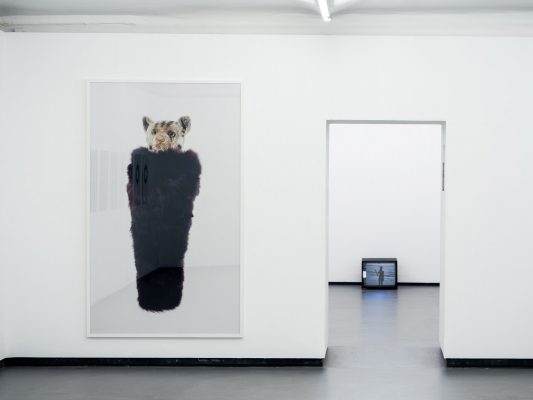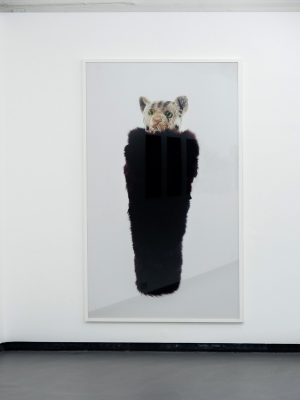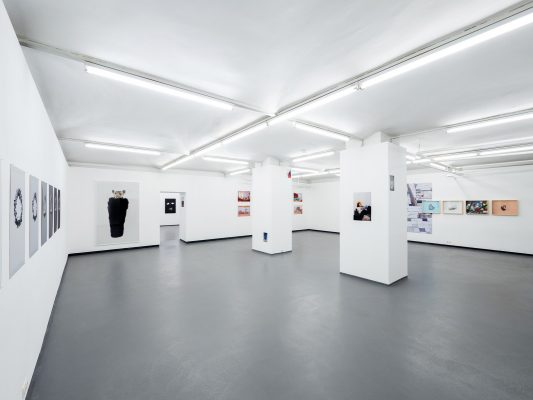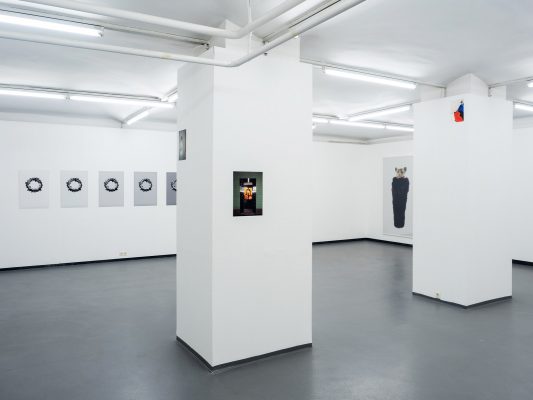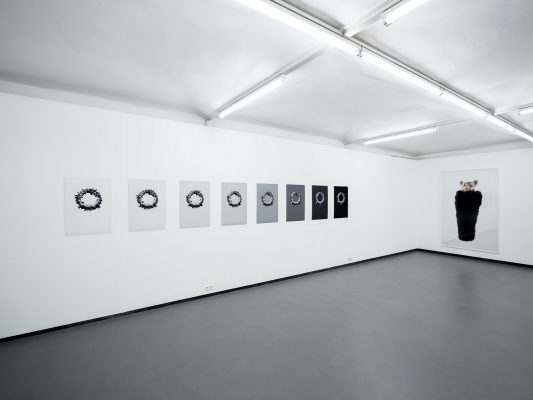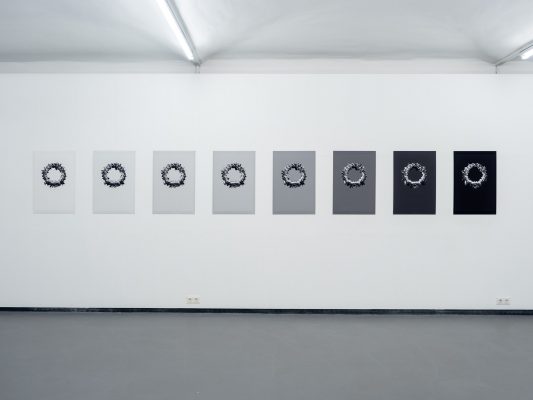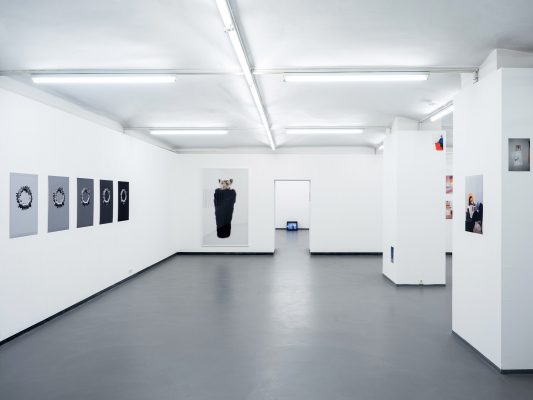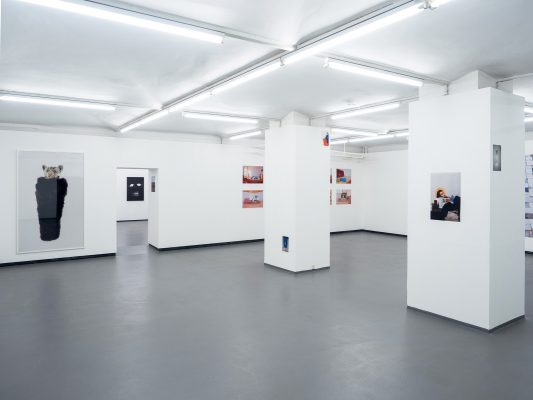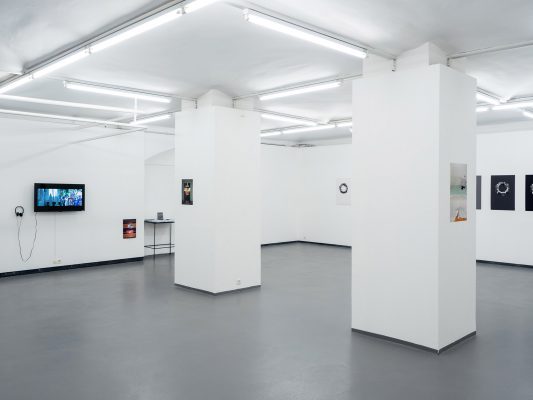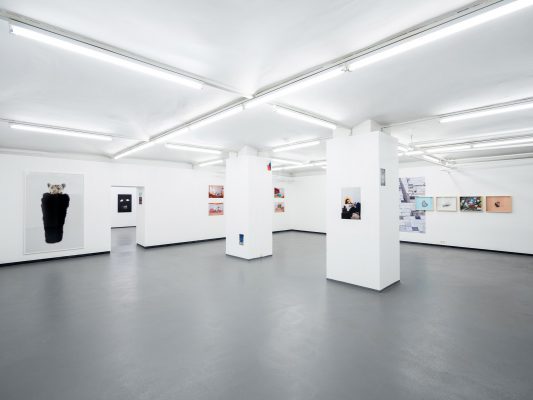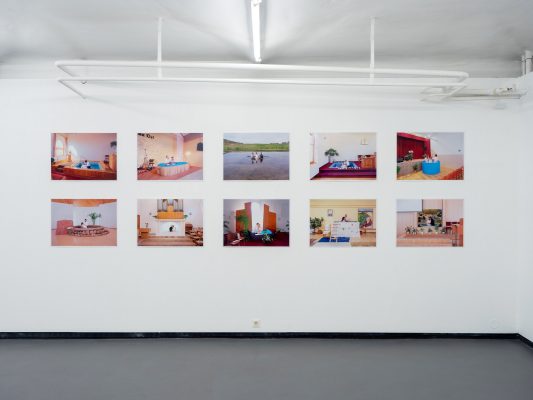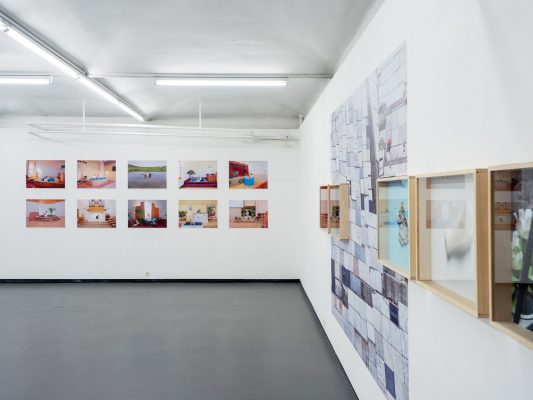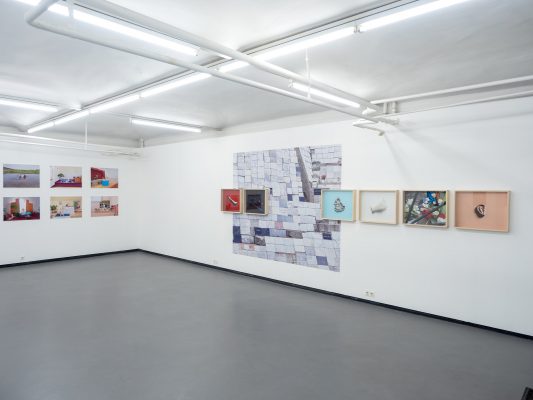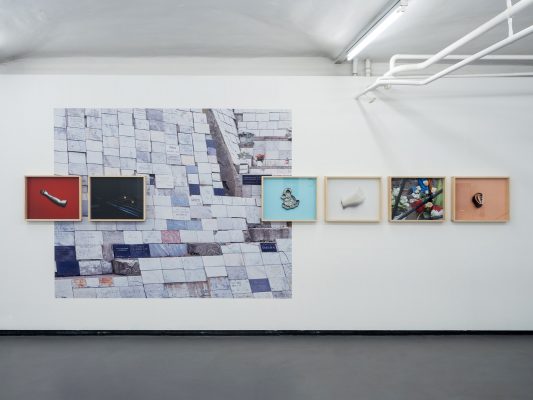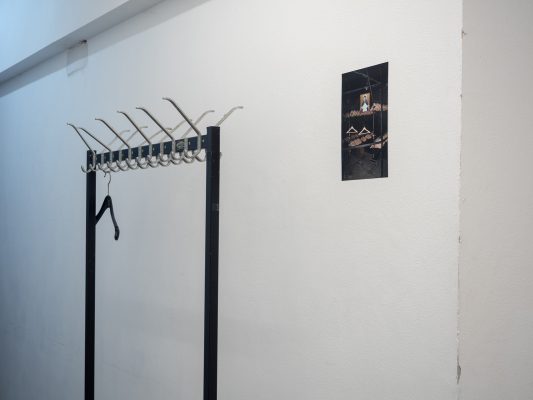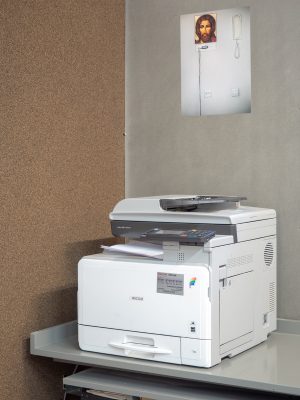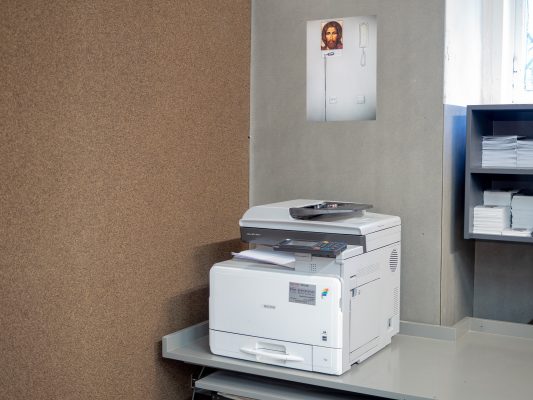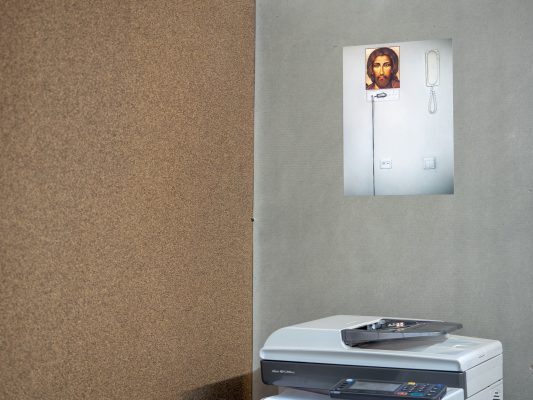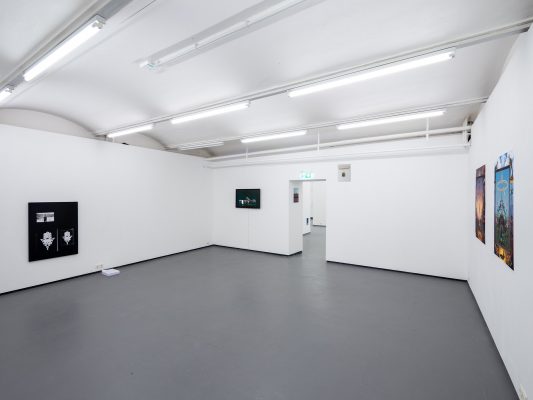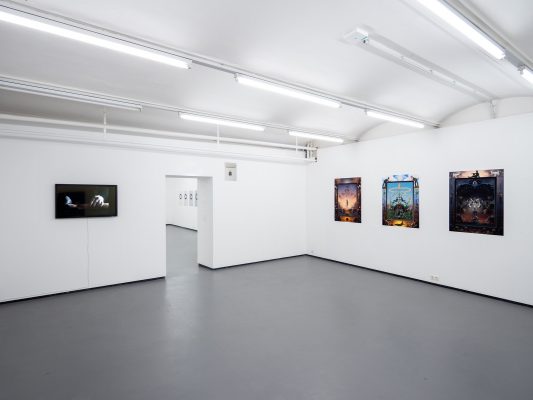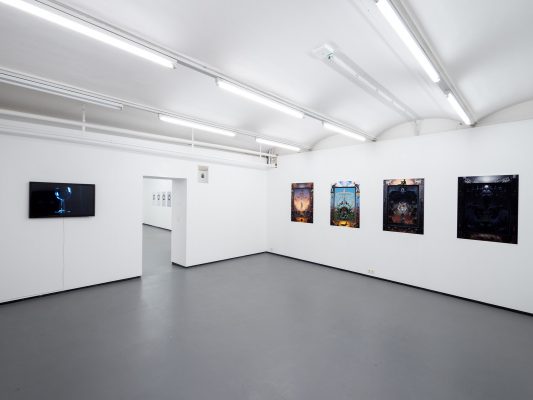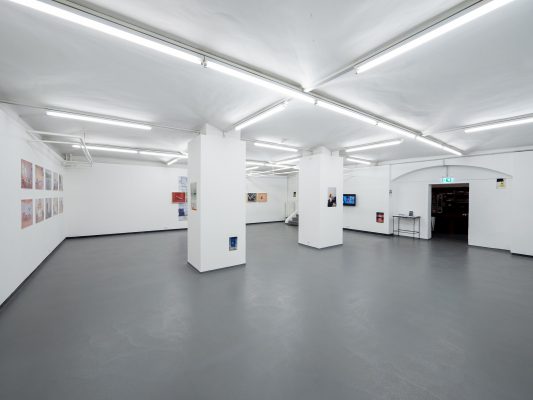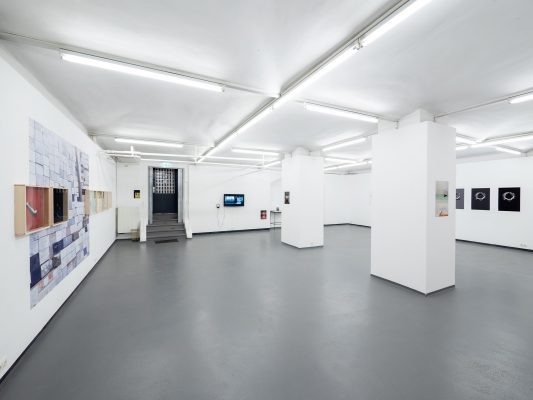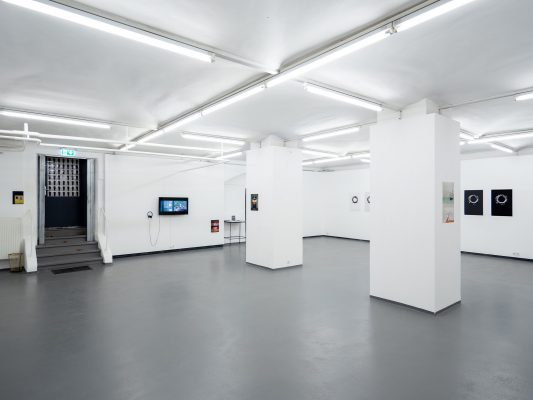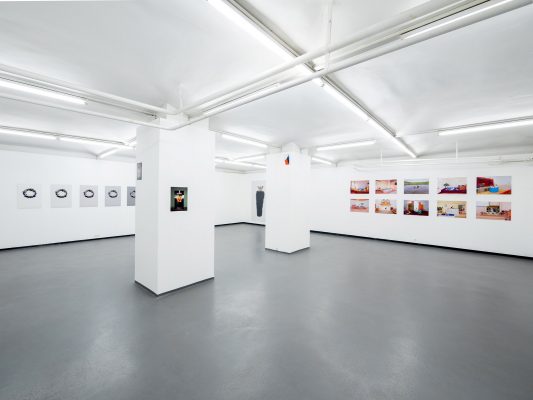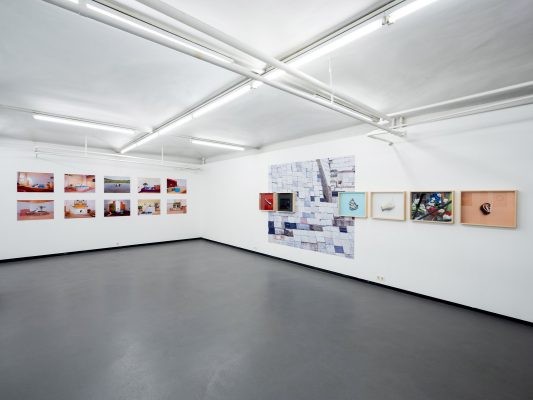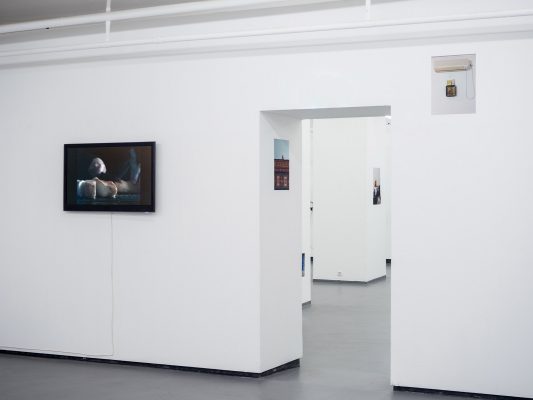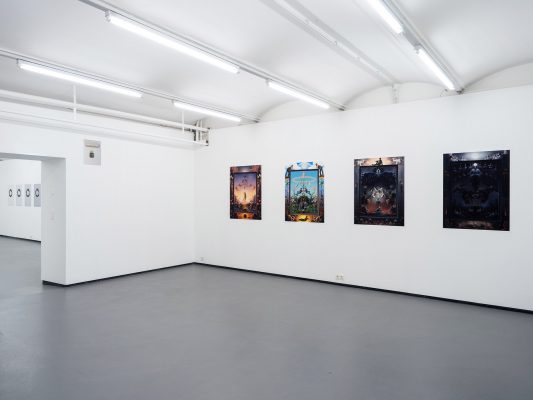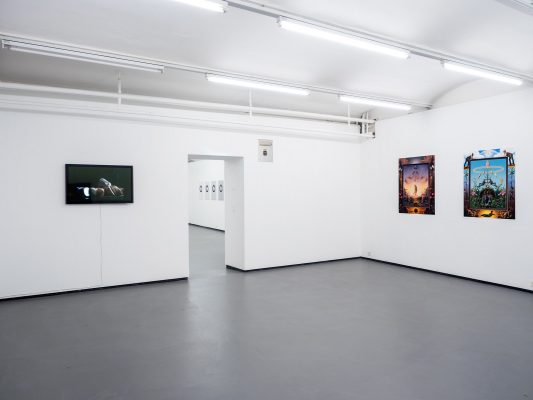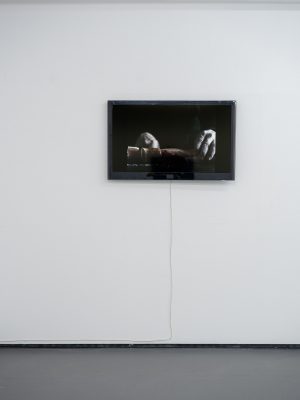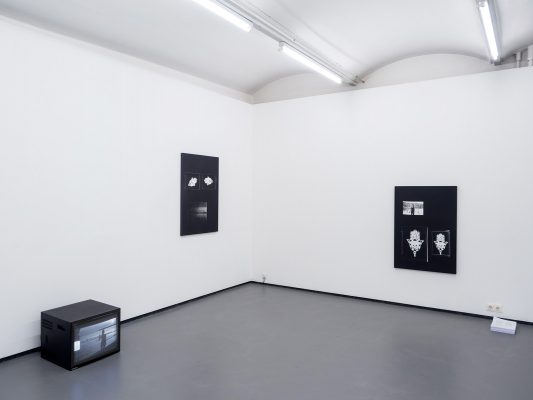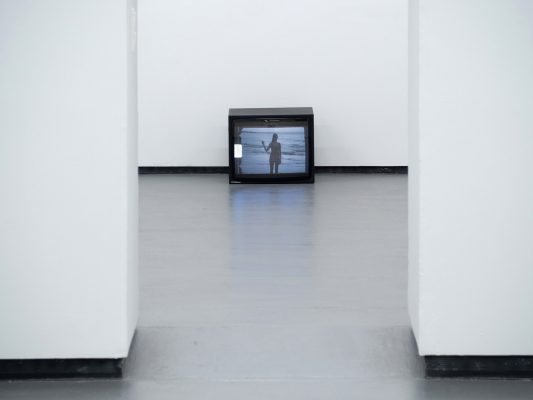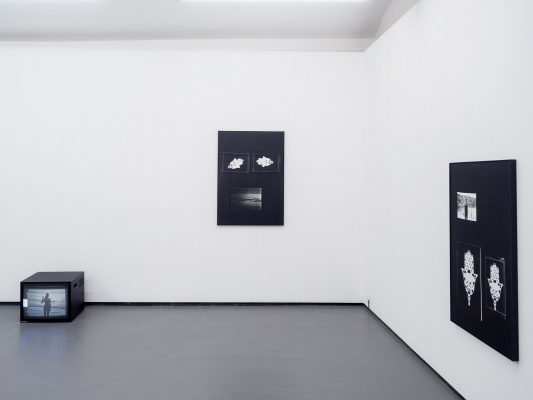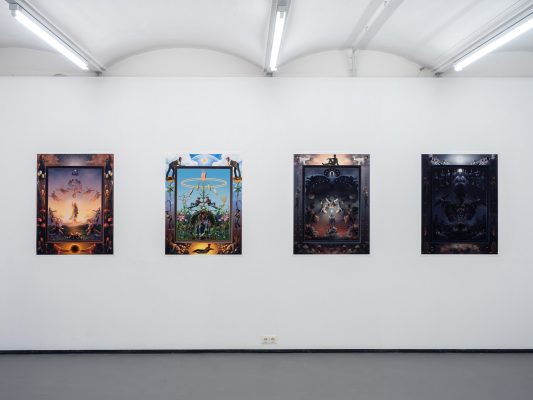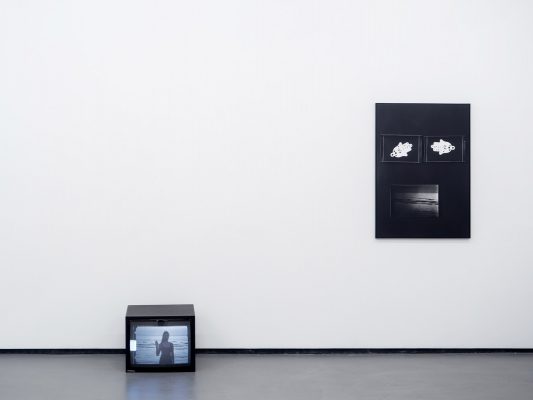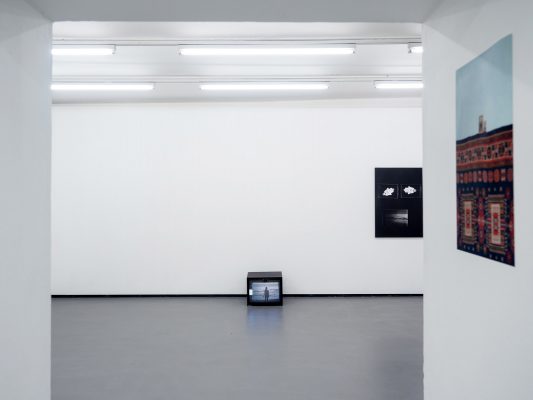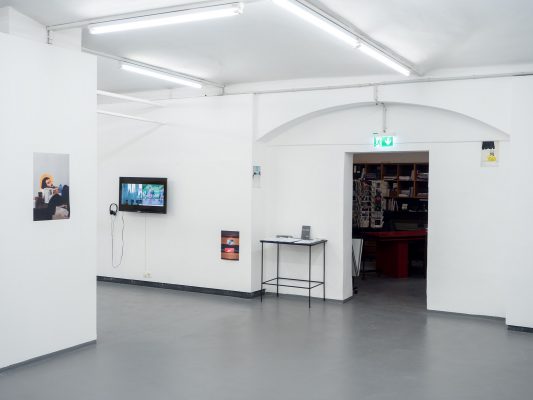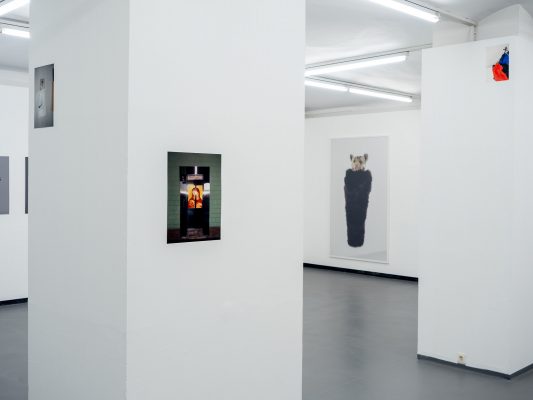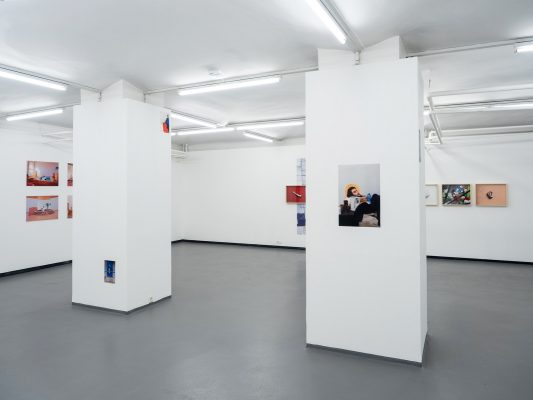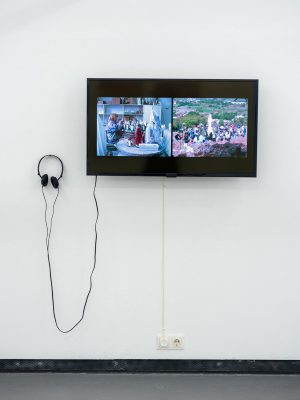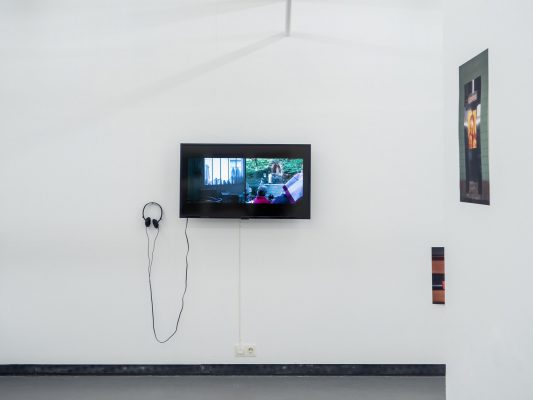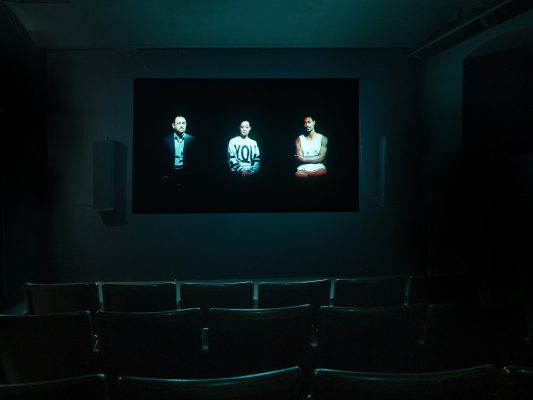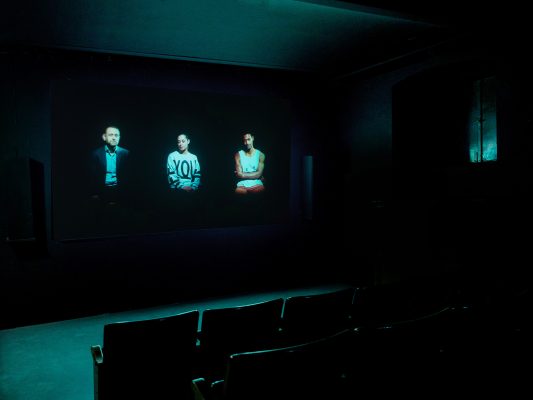Opening: Monday, 25 November at 7 p.m.
Introduction: Petra Noll-Hammerstiel
The Gallery is closed from 24 December 2019 until 6 January 2020.
sponsored by: BKA Österreich; MA7-Kultur; Cyberlab
thanks to: Igor Manko, Charkow, curator at VASA Project;
Avi Sabag, MUSRARA, The Naggar Multidisciplinary School of Art and Society, Jerusalem
Rituals are an important component in human expression and communication behaviours and tell us much about the values, understanding of roles and social interaction where they often assume a regulatory and supportive function. The complexity of the substantive issues and the great importance of rituals for humanity inspired the curatorial team of the FOTOGALERIE WIEN to put a focal point on this theme with a series of four exhibitions for the years 2019/2020. The term “ritual” was originally only in common use in liturgical and/or ceremonial contexts but is now in general use at every social level. A ritual is a series of actions carried out according to fixed rules, usually in a specified order. This is primarily aimed at engendering identity and meaning and correlates with a desire for orientation, knowledge and community actions. It is distinguishable from everyday habits i.e. from instrumental, regular and, above all, purposeful activities that can, however, have a “ritual character” ascribed to them. First and foremost, therefore, rituals occupy the spiritual and emotional sphere. Additional characteristics are enactment, processuality and, usually, a high degree of symbolism too. The four exhibitions are concerned with social rituals and their associated networks of relationships: with rituals that articulate demonstrations of power, suppression and exclusion along with religious and other ceremonial rituals. In the course of this, the codes, behaviours and forms of communication related to the various rituals will be examined.
Both religious and profane ceremonies take centre stage in the second show of the Rituale special series. The sequential processes of ritual are usually defined by celebratory ceremonials which have a predetermined form that embodies order, actions, gestures and deportment and are partially augmented by objects, images and signs that have great identificatory and symbolic character for those taking part in the event. Ritual ceremonies have the power to intensify the hopes and gratifications of the respective wishes. Usually the extraordinary occasion and the special place – and the journey to it – have a pivotal role in the ceremony. The artworks are concerned with religious and secular ceremonies of transformation and initiation through which humans attain another state of consciousness and with rituals of healing, mourning or thanksgiving. On the one hand the artists are involved with documentary and authentic contributions to the subject while, on the other, there are works of dense symbolism in which religious and profane references frequently mingle and where traditions are perpetuated into the present in new constellations.
The celebratory cutting of bread and pouring of red wine in Carla Della Beffa’s video, Rituali, is a reference to the immemorial ritual practices that have been present in numerous cultures. In everyday life bread and wine are symbols standing for the preparation of a meal, of eating together, celebration and hospitality and are furthermore of great significance in many religions. In the Christian church they are offered and shared in the highly symbolic ritual of the Holy Communion. In Della Beffa’s video, however, the concern is not only with the offering and sharing, the core of the ritual, but also with the problematic issues of abundance and scarcity.
Orit Ishay often works with relicts and symbols particularly in relation to flowers. The photo series from the Terribly Pretty work group is concerned with the wreath, its different cultural, social, historic and religious meanings and the associated underlying rituals. The eight-part series consists of black and white photographs of floral memorial wreaths for soldiers that are mounted on increasingly dark grey backgrounds. With no further information it is an open question as to whether these are secular or religious wreaths, for joyous or sad occasions. Just how close happiness and sadness, beauty and horror, visibility and invisibility are becomes palpable here.
The two-channel video Pygmalion by Helmut & Johanna Kandl examines the potent effects of images in connection with Marien Pilgrimages. The video was shot in a factory in Lourdes in which replicas of the Lourdes Madonna and other saints are mass produced. A second video shows how these become “living” and “spiritually animated” figures because of the veneration by believers. Helmut & Johanna Kandl have visited places of Marien Pilgrimages all over the world and recorded the respective local rituals of veneration. The soundtrack makes reference to “The Beautiful Galatea”, an operetta of Franz von Suppé in which the mythical sculptor, Pygmalion, sees a figural sculpture he has created come alive.
Julian Lee-Harathers four-part photo series, Die Zeiten nach Philipp Otto Runge should be read as a re-staging or re-interpretation of the traditional pictorial language of painting in the form of a photo collage. Sketches for a planned mythological/allegorical times-of-the-day cycle by the early Romantic painter Runge served as a reference point. Lee-Harather photographed the individual elements (except the animals) and mounted them in a similar composition and atmosphere spirit as Runge. What is new is the references to the present time and the disassociation from religious motifs. The works are concerned with symbols representing concise signs in ritual processes and actions.
Anja Manfredi is showing the film, Mit dem Abend beginnt der Tag, and the barite photo works, Hand und Atlas ll and III from the Geste und Atlas work group accompanied by a text by Nicole Haitzinger. In the works sacred sites in Israel and in the Atlas Mountains in Morocco are linked to performative gestures. The relationship between religion and the body is examined, but not only with the eyes on the – nonverbal – gesture as part of a ritual but also in relation to its materialised form (architecture) and densification (the hand). The latter appears here as the hamsa, Fatima’s protective hand (Islam) which has its counterparts in the hand gestures of Miriam (Judaism) and Maria (Christianity).
Benedek Regös’s photo series, Objects of Gratitude, engages with ex-voto cults, an ancient social and religious ritual in many cultures that is usually linked to the popular expression of piety and belief. A supernatural deity is given symbolic offerings in thankfulness or as the fulfilment of a vow (ex voto). These are ceremonially placed (during pilgrimages) at cultic sites and venerated. Behind the symbolism of each votive offering there is a personal story that is frequently about the miraculous rescue from a plight. Regös photographed the offerings that take the form of miniature body parts – in images or stamped metal – as well as the figures of saints. Regös replicated (miniature) body parts or moulds of body parts as well as holy figurines.
Gabriele Rothemann has been examining burial rites in ancient and early Christian times and as a result has realised a series of photos, Fatschen. A “Fatsche” in this context is a votive sculpture of a baby Jesus swathed (gefatscht) in ribbons. Gabriele Rothemann has appropriated this icon – not without irony – and has transformed it into mysterious and also very intimate images. For the series animals – in the show Fatsche V, a cat – as well as a teddy bear were lovingly wrapped in fur. A reference to Egyptian mummified animals and their associated rites, meanings, and symbols is obvious.
Yaroslav Solop’s photo project, The Last Haven, shows images of saints, statues and crucifixes placed in all sorts of, sometimes bizarre, private and public spaces in the Ukraine. During their daily routines, people search out contact with these devotional objects important to them and the associated moments of meditation – numerous small sites of haven outside the institutional church. The project speaks of “ … loneliness and hopelessness, of the search for new meaning in a post-Soviet society in which the religion …. that replaced communist ideology has become a phantom hope.” (Y.S.)
For her video installation, You Don’t Have To Do A Thing, Dafna Tal gathered local people from various religions and cultural backgrounds in a studio in Jerusalem and exposed them to the traditional prayer chants of the three main religions in the town – Judaism, Islam and Christianity. Three video portraits show the facial expressions and physical gestures made as a reaction to the affirmation or negation of what was being listened to. The different religious and cultural backgrounds of the participants are not revealed to the viewers thereby leaving it open to multiple interpretations but similar inter-faith reactions are observable, however.
Boglárka Éva Zellei’s photo series, Furnishing the Sacred, is concerned with the ritual of the immersion baptism (complete baptism) in Christian communities in present-day Hungary. Although this form of baptism has a long tradition, the ceremonies vary from place to place. Furthermore, as far as the design of the interiors is concerned, the communities display their proper tastes which have moved away from that of the original custom. At times the surroundings seem bizarre but also very personal, intimate and authentic – a ceremony in which people should “feel at home” but at the same time closer to a transcendental world.
(textual support: Petra Noll-Hammerstiel)
